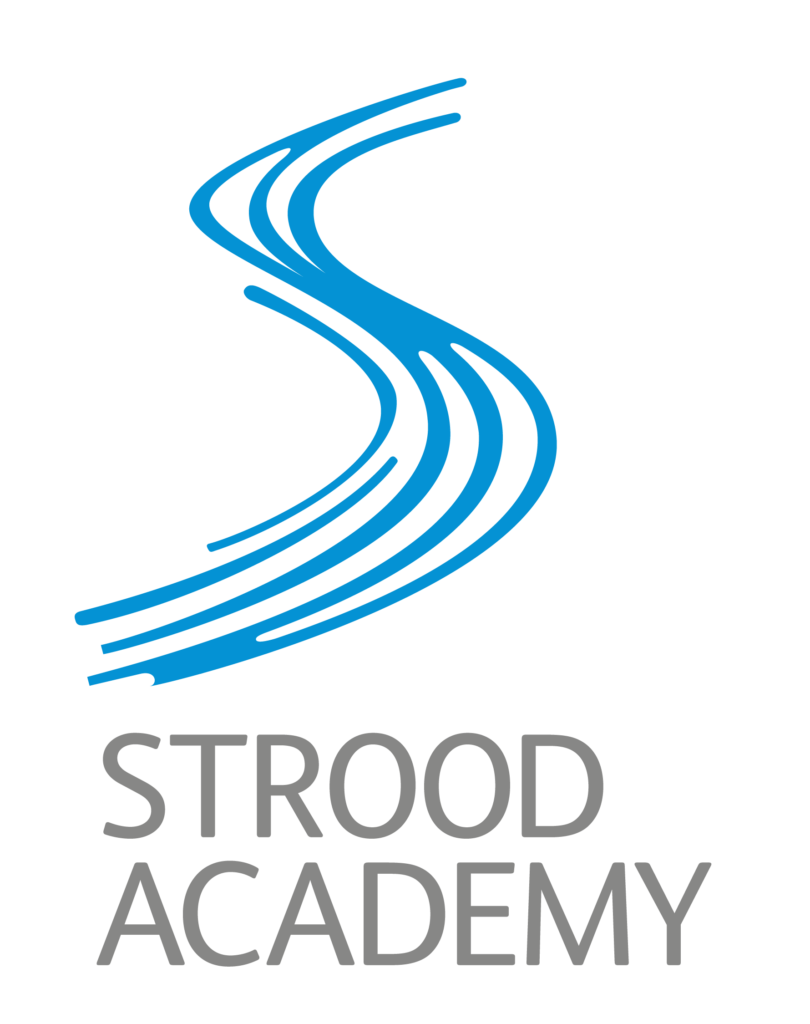Schedule of learning
Introduction to drama and Telling Stories – Fuel Bag
Inquiry Question: How do actors and performers communicate meaning?
- Criteria A- How does subject-specific terminology aid communication to an audience?
- Criteria B- Practically explore ideas, for example, through trying out theatre-specific skills (movement, gesture, voice, expression, delivery)
- Criteria C- Rehearse and perform own or an existing piece of theatre
- Criteria D- Consider the impact of the performance on the audience.
From Page to Stage
Inquiry Question: How do performers develop relationships between the actors on stage and the audience?
- Criteria A- Discuss methods of recording and communicating ideas about theatre and theatre-making (creating, directing, designing, performing)
- Criteria B- Finalise an artistic intention in line with the statement of inquiry. (The artistic intention should justify artistic choices, such as choice of techniques, style, interpretation.)
- Criteria C- Apply theatrical skills (as creators, directors, designers, performers).
- Criteria D- Consider the extent to which their creation/performance achieved their artistic intention.


